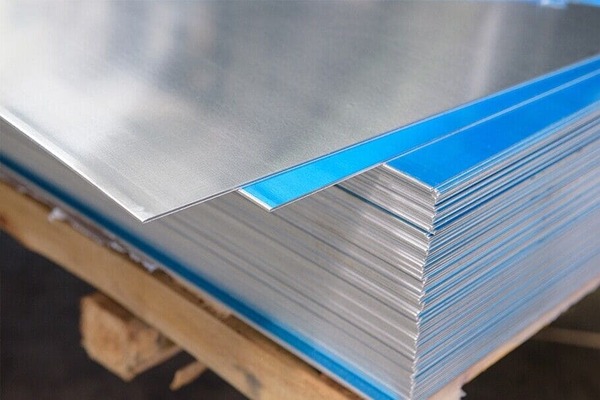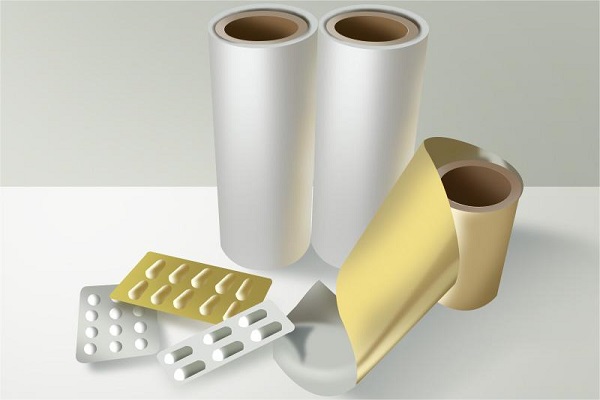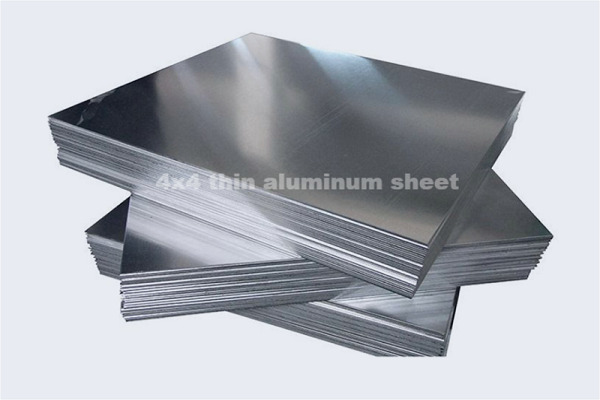- Strength and Hardness: Pure aluminum is relatively soft and has lower strength compared to many other metals. By alloying aluminum with other elements, 구리와 같은, 마그네슘, or zinc, its strength and hardness can be significantly increased, making it more suitable for structural and load-bearing applications.
- Improved Mechanical Properties: Alloying aluminum can enhance its mechanical properties, including tensile strength, 피로 저항, and impact resistance. This allows aluminum alloys to withstand various stresses and strains encountered in different industries.
- 부식 저항: Aluminum has a natural oxide layer on its surface that provides some level of corrosion resistance. 하지만, by alloying aluminum with elements like manganese or chromium, 내식성을 더욱 향상시킬 수 있습니다., making it suitable for applications in harsh environments or where exposure to moisture is common.
- Formability and Workability: Alloying aluminum can improve its formability and workability. Aluminum alloys can be easily shaped, formed, and machined into various complex shapes and sizes, allowing for flexibility in design and manufacturing processes.
- Thermal and Electrical Conductivity: Aluminum alloys retain good thermal and electrical conductivity even after alloying. This makes them suitable for applications where heat transfer or electrical conductivity is desired, 열교환기와 같은, electrical conductors, and electronic components.
Overall, alloying aluminum provides the opportunity to tailor its properties to specific requirements, making it a versatile material that can be used in a wide range of applications across different industries.









답장을 남겨주세요